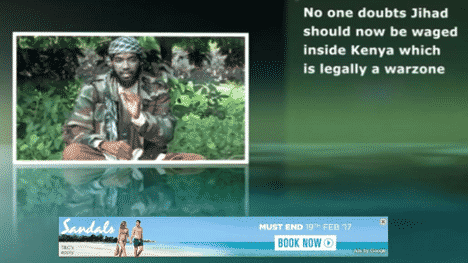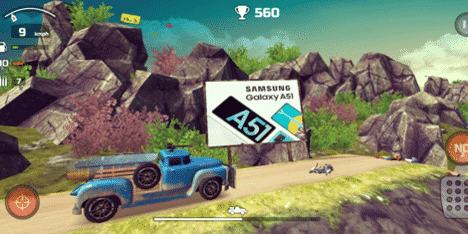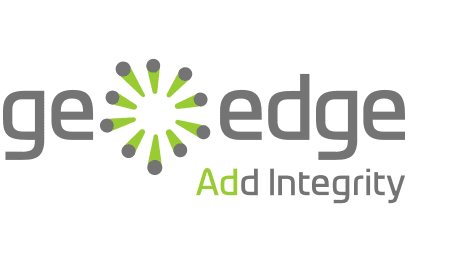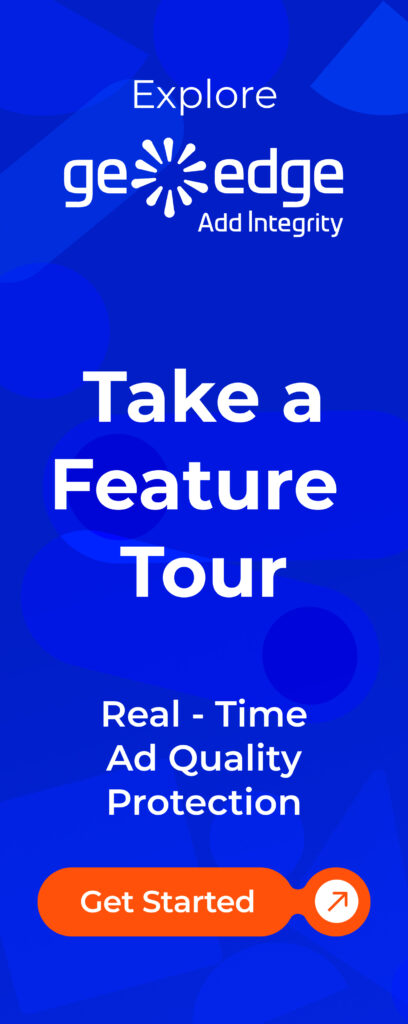Programmatic technology has revolutionized the advertising industry, enabling brands to extend their reach to every corner of the internet in a scalable and cost-effective way with just a few clicks. However, the imperfect process of automation has also given rise to an issue plaguing brands, publishers, and end-users alike: brand safety.
Brand safety is the practice of ensuring a brand’s ads do not appear alongside content deemed inappropriate, controversial, or in conflict with a company’s ethics such as articles or videos that promote any kind of violent or controversial viewpoints (think: extremism, racism, or pornography. Even though brands do their utmost to protect their reputation, a report found that 75% of companies still experience issues with far-reaching consequences. Nearly half of the companies interviewed said they received backlash on social media, and 25% received negative press.
From the consumer’s perspective, they believe that brands are entirely in control of where their ads appear. If that’s next to questionable content, it’s assumed that it was an intentional placement. When consumers with a high purchase intent saw a brand ad next to unsafe content, two-thirds of consumers said they were then less likely to buy from that brand. With the cancel culture trend only picking up steam, particularly among younger generations, companies need to pay even more attention to brand safety.
Brand Safety on Social Media
The internet is a bit like the wild, wild, west, sometimes regulated by governmental bodies, sometimes not. Major platforms and publishers try to provide brands with a safe space for advertising, complete with management tools such as whitelists, blacklists, and language filters, but the limitations are still pretty significant. These channels, such as Facebook and YouTube, are plagued by brand safety issues because they are populated with user-generated content (UGC), creating a free-for-all space where anyone can express any opinion, including hate speech.

An ad for holiday operator Sandals appeared on YouTube videos promoting jihadists
Photo Source: The Times
A few years ago, more than 300 companies pulled their ad spend from YouTube over brand safety concerns as their ads appeared in videos promoting extremist viewpoints. Facebook has had its fair share of issues as well, prompting the company to develop additional features meant to provide a higher level of brand safety. While Facebook, YouTube, Google, and others continue to put measures in place to remove harmful content, it’s mostly done through AI, which is still fallible and isn’t able to catch or flag all the potentially dangerous content. Google has even admitted that YouTube will never be 100% brand safe. So, what’s an advertiser to do?
In-game Ads Provide Brand Safe Environments
Video games hold so much advertising potential that brands are now turning their attention to it. Regardless of whether the game developer is an industry giant like Riot Games or a smaller game publisher, by design, video games don’t support UGC. This makes them an inherently safer option as brands know the exact content of a game and that it can’t be tampered with. With a diverse audience and billions of players, gaming is a channel that shouldn’t be overlooked.
Particularly over the last few years, the gaming industry has matured in a way that genuinely supports advertising. Gaming companies offer a higher level of transparency because they care about their reputation and want to make sure players have an excellent gaming experience. The commitment to transparency also filters down to brands, giving them the ability to have granular level control over exactly where their ads are placed within a game level or the general environment.

Samsung uses blended in-game ads to increase awareness of its new device
Photo Source: Anzu.io
In-game advertising also comes complete with all the measurement tools that advertisers have come to rely on and additional ones. Advertisers can use contextual and behavioral targeting to deliver the right ad to the right player at the right time.
As data privacy is a top concern for game developers and advertisers, brands can rest assured that reputable industry players are fully compliant with data security protocols, and players are in complete control over what they share.
Another area where gaming shines is accountability. Ad viewability is important during fast-paced gameplay, so the technology that accompanies gaming enables brands to know whether ads were seen in full view or even from an angle. This can help brands maximize their ad placements.
While ad fraud is still an issue on other platforms, the gaming ecosystem has taken extra steps to prevent fraud, boosting advertiser confidence, and helping ad spend go further.
Brand Safety Builds Brand Affinity
On a final note, as ads next to unsafe content elicit negative feelings, the opposite is also true. Because gaming is a form of entertainment and relaxation, gamers are in a good mood as they battle it out or work together to achieve a goal. When brands place their ads alongside or within content that naturally brings about positive emotions, those feelings are naturally and unconsciously associated with the brand.
Every brand should take all of the necessary steps to ensure their ads only appear in what they deem as a brand-safe environment; that will undoubtedly help them avoid the fallout that can occur otherwise. But, it’s equally important for brands to take steps that increase brand affinity. In-game ads offer the perfect combo approach, helping brands maintain and boost their reputations at the same time.
About Anzu
Anzu.io is an in-game advertising platform that brings real-world brand ads to video gaming and esports. Backed by BITKRAFT Esports Ventures, WPP, and Axel Springer Digital Ventures, Anzu redefines digital advertising through seamless integration of non-intrusive ads into the gameplay. Bringing real-time data and programmatic to the video gaming world, the platform promises native advertising, brand safety, and ad viewability. Learn more at Anzu.io











